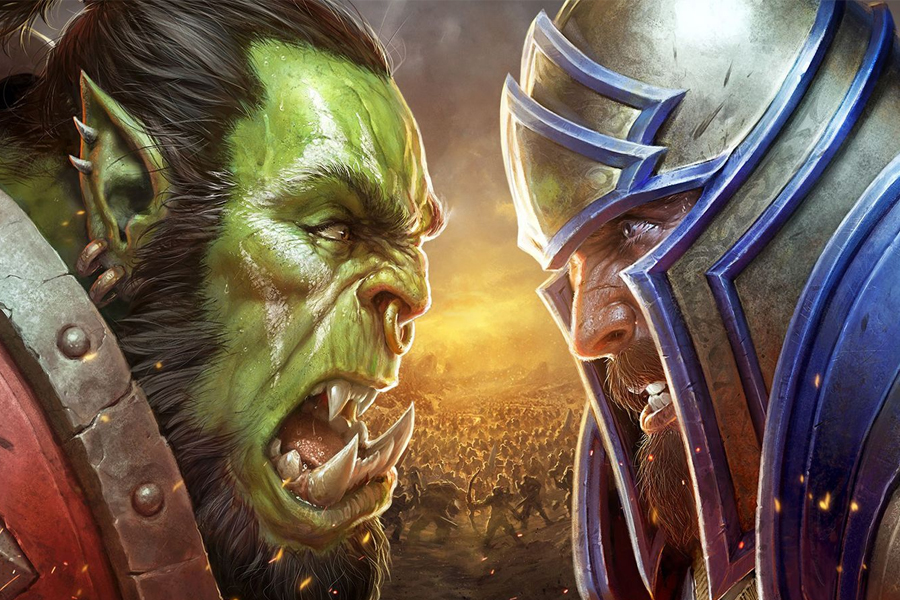In World of Warcraft, faction imbalance is reaching a pinnacle in the final raid of Shadowlands, as Alliance guilds struggle to compete and survive.
Cross-faction raiding in World of Warcraft is long overdue. The faction population may not have been perfectly balanced for the majority of the game’s history, but it was balanced enough to allow World of Warcraft players to participate in group content without being hampered by their faction choice.
Despite Blizzard’s efforts to stabilize the situation in Battle for Azeroth, the underlying issues that led to the faction imbalance in the first place snowballed in Shadowlands to the point where the developers were forced to introduce the cross-faction play to World of Warcraft in an upcoming patch.
Alliance players were already having trouble finishing high-end content in comparison to their Horde counterparts, and Twitch streamer Asmongold‘s failure to return for Zereth Mortis was a damning indictment that the once-proud Alliance faction was now on life support.
Only nine Alliance guilds have completed the Mythic version of Shadowlands’ final raid, Sepulcher of the First Ones, as the first hundred Horde guilds did. Many in the community believe it will take months for them to catch up to their Horde counterparts because of the way World of Warcraft’s raid lockout system works, cross-server Mythic raiding is limited to a faction’s first hundred guilds clearing the final boss of a tier on Mythic difficulty.
While Horde players will be able to take advantage of cross-server raiding, the Alliance population will be forced to either wait for their faction’s top guilds to clear the content or pay for faction transfer, further aggravating the situation.
It’s not easy to create cutting-edge raid content based on racial abilities. Despite the fact that Blizzard Entertainment may not have anticipated the faction imbalance in World of Warcraft escalating to the point where it would begin to severely affect and restrict gameplay, many players are blaming the developers for reacting too late because racial abilities are no longer as powerful as they once were, the problem with faction imbalance is ultimately a social one. But it’s important to remember that this social issue arose from a design flaw, in which the imbalance in racial abilities in World of Warcraft wasn’t addressed quickly enough.
As far back as Mists of Pandaria, top World of Warcraft guilds invested in faction-transfers to maximize their damage output, as orcs and trolls had a significant advantage over other races.
People who wanted a shot at joining the upper echelon of players followed in the footsteps of these guilds as parsing, theory-crafting, and optimizing their gameplay grew in popularity, and the Alliance population dwindled over the course of several expansions.
While cross-faction raiding may help to alleviate faction imbalance, most players seem to believe that it won’t be properly addressed until Blizzard Entertainment adds cross-faction guilds to World of Warcraft.







